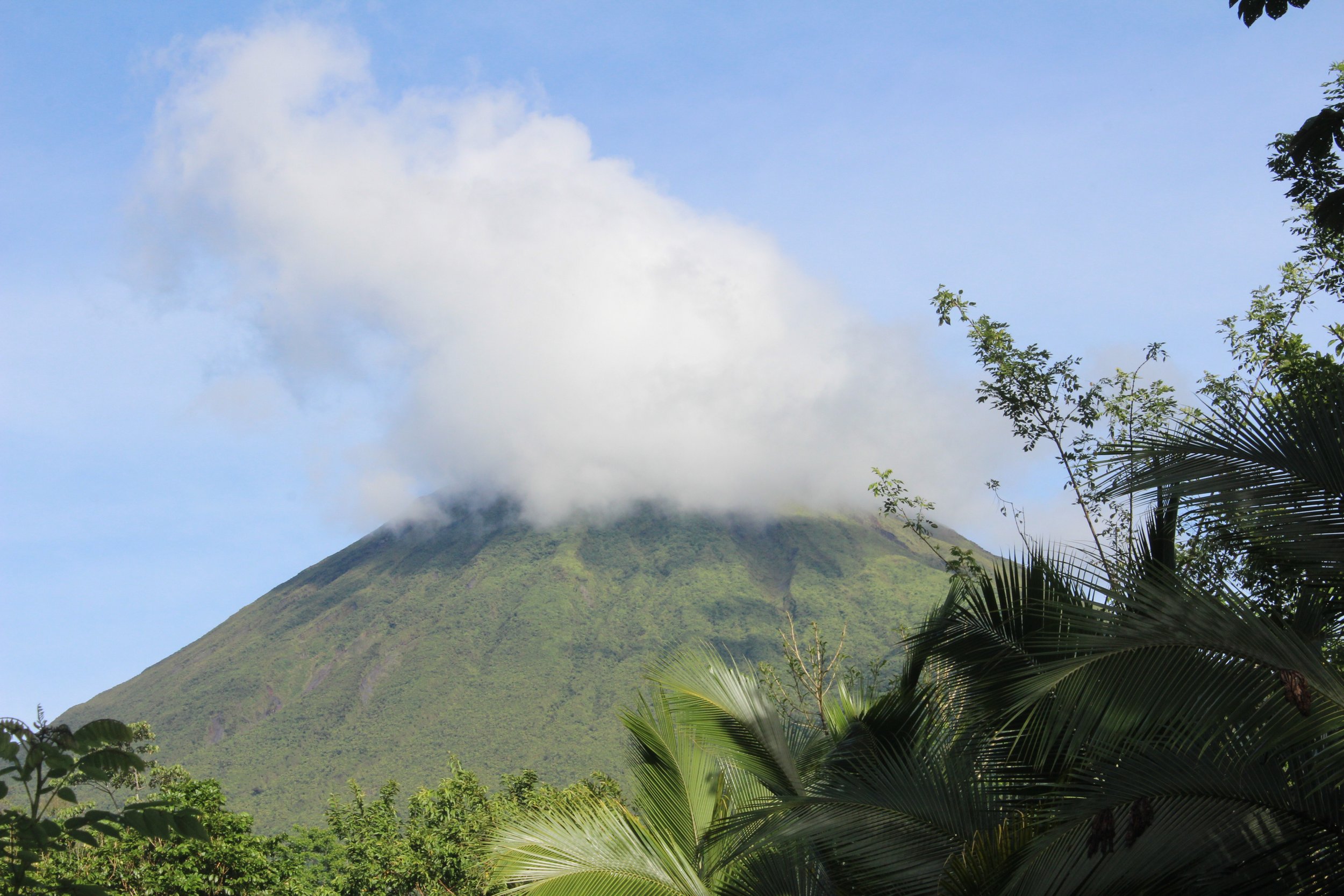Traveling Costa Rica? Let the locals guide you.
Hacienda Baru
Anyone who has traveled to Costa Rica has experienced its close connection to the natural environment and conservation efforts. Conservation is core to the country’s culture and therefore, it’s tourism industry. Without conservation of natural spaces, the abundance of wildlife, vibrant rainforests, marine life and nature-based activities that support their tourism industry wouldn’t be possible. Being a nature nerd, I’ve dreamt of going to Costa Rica for years.
Arenal
The first destination I visited was the town La Fortuna (part of the Arenal region). I wanted to experience the views of the Arenal Volcano and take a dip in one of the area’s many hot springs pools. I didn’t do a tour in Arenal, but I did hike in Arenal Volcano National Park, walk the trails of the Arenal Oasis Eco Lodge & Wildlife Refuge, relax at Eco Termales Fortuna, and explore the rainforest ecology via the hanging bridges at Mistico Park. I was in awe of the beauty surrounding me but one thing was missing — interaction with the locals and education on the places I was seeing.
Arenal Volcano
Monteverde
In Monteverde, it was a similar story. I was only there one night so a main activity for that portion of the trip was walking the trail at Monteverde Cloud Forest Biological Preserve. The park was incredibly maintained and the flora & fauna surrounding me was breathtaking, but I had nobody to tell me about it. Thankfully, I had a coffee, chocolate and sugar cane tour booked for the next day and couldn’t wait to finally learn from a local guide.
Don Juan Tours, led by our Costa Rican guide we called “Rolo,” gave me the educational experience I was looking for. Not only did Rolo explain the processes behind making three of the area’s exports, but he also compared the Costa Rican product quality to other countries’ similar products as well as the challenges associated with making them. We discussed the infrastructure limitations Costa Rican farmers have, climate and labor challenges, and the importance of supporting small-scale coffee farmers who practice Fair Trade. On the tour was a couple from The Netherlands and a Chinese-American family from California. What made the tour special in the end was not the facts we learned about the products, but the discussions we all had together about the origins of products and farming challenges / best practices.
Dominical
For my stay in Dominical, I decided to book a tour at Hacienda Baru — an ecotourism destination founded by enviornmentalist and naturalist, Jack Ewing. The wildlife refuge had been recommended to me by a couple of different people due to the smaller crowds on the trails so I decided it’d be worth a visit. And it was! Hiking with my guide, Juan Carlos, I was able to spot a wide variety of unique birds, wild pigs, a tucan, monkeys and some amazing Ficus trees. Juan Carlos taught me about the ecology of the area, the history of Hacienda Baru, stories from his experience as a palm oil farmer, and the importance of the forest to his country. My tour with him was hands-down a highlight of the trip and the wildlife pictures he continues to send me on WhatsApp are such a treat!
Osa Peninsula
On the Osa Peninsula lies Corcovado National Park, one of the most biodiverse regions of the world. To explore this area, you are required to go with a guide. Since it was rainy season, many tours could be booked the day before but this one was booked weeks in advance since there is a strict limit on how many people can enter the park on any given day. I got to the park by boat to Si Sirena Station and spent five hours walking the trails of Corcovado. This time, seeing more of the same wildlife and some new. The highlight was the Baird Tapir sighting, a rare and ancient species only found in a few places in the world nowadays. Our guide was somehow able to spot it sleeping between the trees — a sight I never would’ve seen on my own.
Tapir
For the last stint of my trip, I spent a day and night at Corcovado Foundation Biohostel & Environmental Center, located about 30 mins. outside of Drake Bay in a rural village. I had heard the organization had a volunteer program so I offered to do some volunteer work as part of my stay. It turns out there were some trees the foundation had planted on a property nearby that needed to be measured to be sure they were healthy and growing. I went with some of the local workers to the property and followed them around, measuring plants and walking through high vegetation. I got to experience the regenerative efforts of the foundation in action and as a bonus — play with a kitty at a local’s casa.
After experiencing both exploring areas of Costa Rica on my own as well as with local guides, I can confidently say that going with a guide is the way to go. Not only are you able to learn more about the environment through the eyes of an expert, but you’re also able to connect with a different culture through personal stories and human bonding. Just make sure the organization you’re supporting pays guides fairly and the guides you are supporting are in fact, local. If those boxes are checked, then let the locals guide you and you’ll discover so much more than you could’ve imagined.









